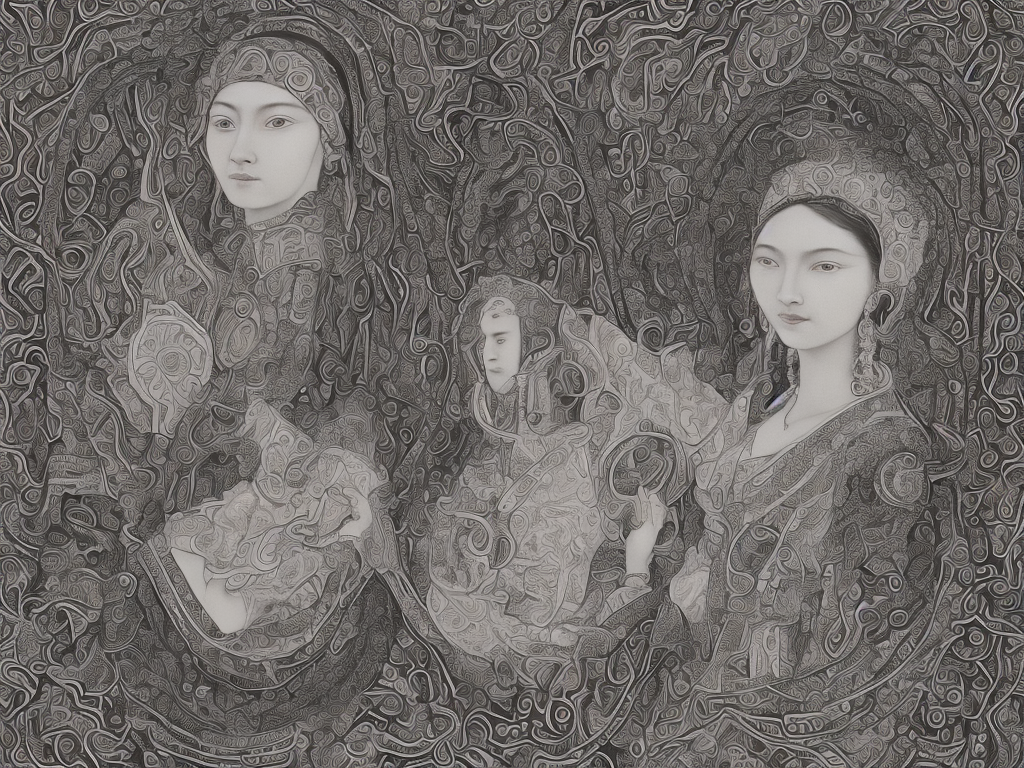
Zitkala Sa and Bama are two exceptional women who have made significant contributions in bridging the gap between Western and Native American culture. Although their lives and experiences may differ, there are remarkable similarities and differences between these two women.
Zitkala Sa, also known as Gertrude Bonnin, was born on February 22, 1876, on the Yankton Sioux Reservation in South Dakota. She was sent to the White's Manual Labor Institute in Wabash, Indiana at the age of eight, where she was forced to assimilate to American culture. Later, she was sent to Earlham College in Richmond, Indiana, where she learned to play the violin and write music. She later transferred to the Boston Conservatory of Music, where she excelled academically but experienced severe discrimination because of her Native American heritage.
Zitkala Sa was an intellectual, educator, and activist who fought for the rights of Native Americans. Her notable works include "American Indian Stories" and "Old Indian Legends," which aimed to preserve Native American culture and traditions for future generations. Additionally, she played a significant role in the founding of the National Council of American Indians, an organization that promotes Native American rights and autonomy.
On the other hand, Bama, also known as Bama Faustina Soosairaj, was born on April 10, 1958, in a small village named Puthukudi in Tamil Nadu, India. She belongs to the Dalit caste, formerly known as the untouchable caste, and faced extreme discrimination from her own community and upper-caste Hindus. She was sent to school, where she developed a love for reading and writing.
Bama's life and works revolve around the Dalit movement in India. Her works such as Karukku and Sangati are focused on the experiences of Dalit women, which was previously unexplored in Indian literature. Her writing helped raise awareness about the discrimination and social exclusion faced by Dalits and brought attention to their struggle for social justice and equality.
One of the major similarities between Zitkala Sa and Bama is their struggle against discrimination and the fight for equality. Both women faced immense challenges and sought to challenge the status quo of their respective societies. Zitkala Sa was discriminated against because of her Native American heritage, and Bama was looked down upon for belonging to the Dalit community.
Despite the obstacles, both women were able to rise above the negativity and make a positive impact on their communities. Their determination to change the status quo proved to be an inspiration for future generations.
Another similarity is their contribution to literature. Both these women were exceptional writers who used their experiences to highlight the social issues of their respective societies. Zitkala Sa's writings acted as a bridge between Native American and Western cultures and helped promote an understanding of the rich heritage of Native Americans.
Similarly, Bama used her writing to shine a light on the plight of untouchables or Dalits in India, thereby challenging the caste-based system and promoting human rights. By writing about their experiences, these women urged a change in societal attitudes and practices.
However, there are significant differences in the experiences of Zitkala Sa and Bama. Zitkala Sa was born into a Native American community and faced discrimination from the dominant White culture in the United States. She was forced to assimilate into Western culture and had to navigate the complexity of two cultures.
On the other hand, Bama's experience was more localized, focusing on the caste-based discrimination prevalent in India. Bama's work focused on the intersectional oppressions faced by Dalit women, such as caste, gender, and socio-economic class. This intersectionality of oppression is unique to India, and it is what distinguishes Bama's work.
Furthermore, while Zitkala Sa was fighting to preserve Native American heritage and culture, Bama was trying to break free from a deeply entrenched caste-based system. Zitkala Sa's approach was aimed at correcting misrepresentations of Native Americans, whereas Bama's approach was aimed at challenging and changing a societal structure that perpetuated oppression and discrimination.
In conclusion, the lives of Zitkala Sa and Bama were marked by their struggle against discrimination and their fight for equality. Both women used their experiences and writing to shine a light on the social issues of their respective cultures. While their experiences differed in many ways, the common denominator that united them was their determination to make a difference.
Their contribution to literature and activism serve as an inspiration to future generations in the fight against discrimination and oppression. The impact of their works extends beyond their communities and serves as a testament to the power of literature in addressing and bringing attention to important social issues.
 Self-Instruct
Self-Instruct